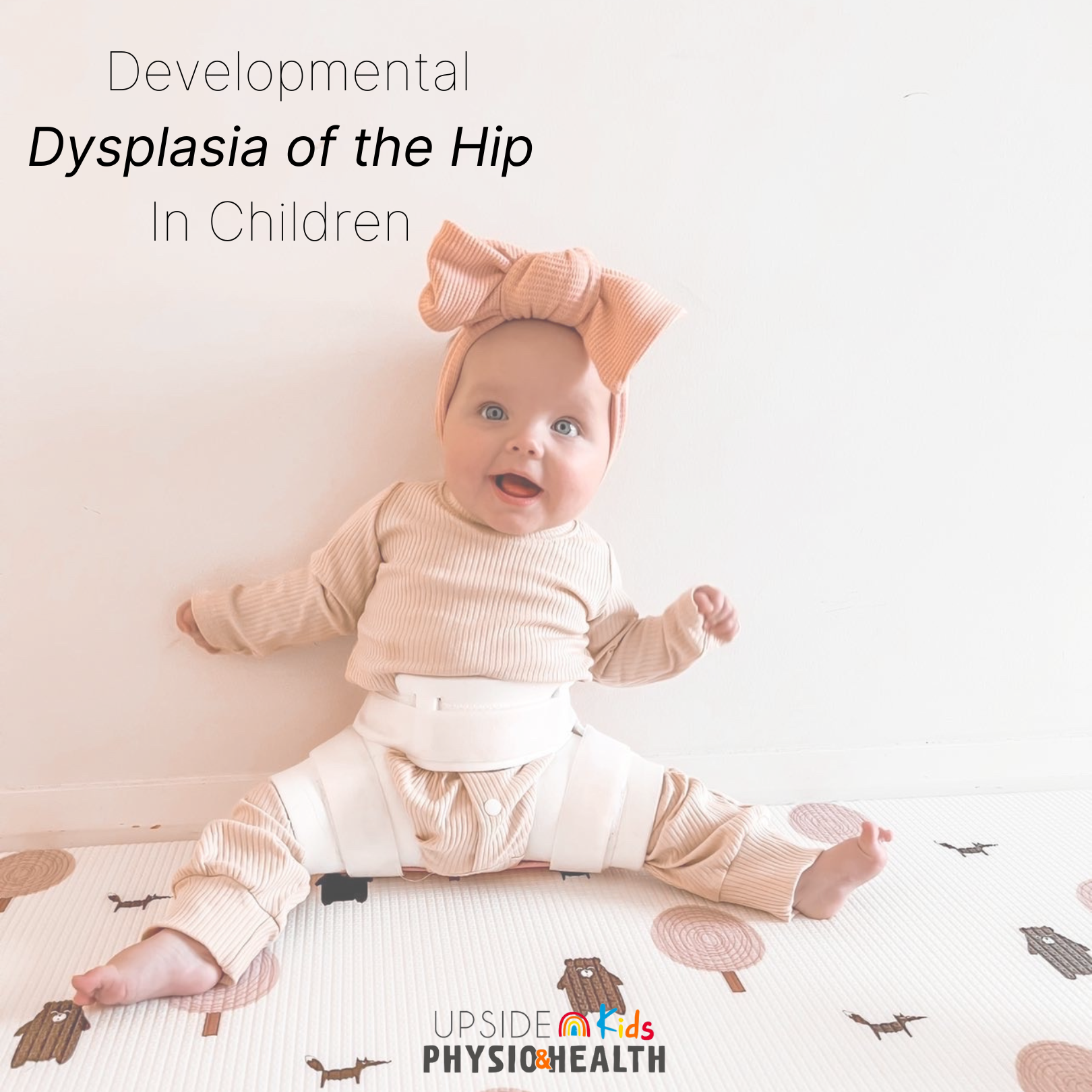One of the things your midwife, child & family health nurse and doctor will check for after birth, in your […]

One of the things your midwife, child & family health nurse and doctor will check for after birth, in your newborn examinations and check-ups will be developmental dysplasia of the hip (DDH). This condition affects the hip joints of babies and young children. Developmental dysplasia of the hip is when the ball of a baby or child’s hip doesn’t sit in the correct position within the hip socket. This means that the child’s hip is unstable and dislocation may occur (the ball comes partially or completely out of the socket).
Developmental dysplasia of the hip can occur at birth but it can also develop in the weeks or month after birth. It can range from mild to severe. In the majority of cases of DDH, only one hip is affected, but sometimes both hips can be affected. Luckily, this condition isn’t painful for babies; however, if left untreated in infancy and early childhood, there is a risk of it becoming painful for your child later down the track.
Children are more at risk for developmental dysplasia of the hip if it is your first pregnancy, you are having twins, you have low amniotic fluid or your baby is in breech position in the womb. Female babies are more at risk than male babies.
Signs and Symptoms to be aware of:
You should consult your GP if you start to notice any of these signs. Keep in mind that these symptoms may not always be obvious so it’s so important to stay on track with your babies’ GP and child & family health appointments. Over the first 12 months of your baby’s life, your child & family health nurses should be checking for DDH.
If your health professional believes that DDH could be affecting your child, they may recommend that your baby has a hip ultrasound or X-ray. Alternatively, a referral to a paediatric orthopaedic surgeon may be suggested for a specialist opinion. If there is a history of DDH in your family or your baby was breech, a hip ultrasound may also be suggested for more severe cases.
Treatment:
If your health professionals have diagnosed your baby with DDH, treatment will be required. If diagnosed as a newborn, a brace may be recommended. To monitor progress, babies with braces will generally have a hip ultrasound every 4 to 6 weeks. The duration of the brace will vary depending on the severity of the case. Mild to moderate cases of DDH will typically require a brace for at least 3 months while more severe cases will require at least 6 months of brace wearing and, in some cases, surgery. Early diagnosis is essential for normal development of the hips and to avoid complications and complex treatments such as surgery.
What to Avoid:
There are a few things that we can do as parents and caregivers to avoid the development of DDH. For example, if you swaddle your baby, wrapping them too tightly can cause restricted movement. You want to make sure that your baby is wrapped up so that their legs can still move and that their hips and knees can bend.
A lesser-known cause of DDH is babies’ head position when lying down. If your baby lays with their head to one side in particular, laying with their head only to one side can affect your baby’s hip position so it is imperative that you switch your baby’s head position from side to side when they sleep.
Utilising baby wearing is also a great way to prevent DDH. When positioned correctly with their legs in the M position, there is a substantial benefit for natural hop development for your baby. (Stay tuned for more info on baby wearing!)
Sources:
International Hip Dysplasia Institute – https://hipdysplasia.org/infant-child/preventing-hip-dysplasia/ , https://hipdysplasia.org/baby-wearing/
Raising Children – The Australian Parenting Website – https://raisingchildren.net.au/guides/a-z-health-reference/hip-dysplasia
Images by Hip Dysplasia Clothing Au – www.hipclothingau.com, @hipclothingau